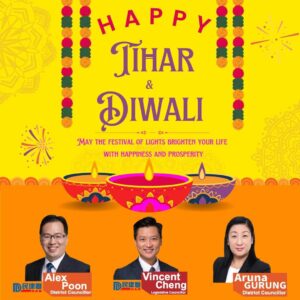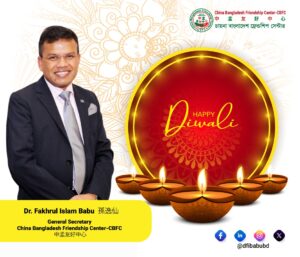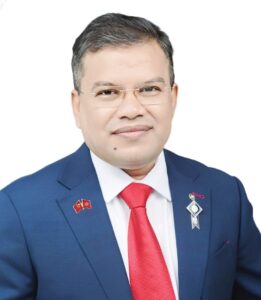Diwali, also known as Deepavali, is a festival celebrated by millions of people across the globe, particularly in India and Nepal. In Hong Kong, the festival resonates with the vibrant Indian and Nepali communities, who celebrate Diwali and Tihar with great enthusiasm and cultural pride. These festivals, while sharing common themes of light, prosperity, and the victory of good over evil, also reflect unique cultural practices that enrich the multicultural landscape of Hong Kong.
The Significance of Diwali and Tihar
 Diwali, primarily celebrated by Hindus, symbolizes Lord Rama’s return to Ayodhya after defeating the demon king Ravana. It marks the triumph of light over darkness and knowledge over ignorance. Tihar, on the other hand, is a five-day festival celebrated mainly by Nepalis. It honors various animals and emphasizes the bond between siblings. The two festivals share similar themes, such as the worship of deities and the celebration of family ties, making their combined celebration in Hong Kong particularly special.
Diwali, primarily celebrated by Hindus, symbolizes Lord Rama’s return to Ayodhya after defeating the demon king Ravana. It marks the triumph of light over darkness and knowledge over ignorance. Tihar, on the other hand, is a five-day festival celebrated mainly by Nepalis. It honors various animals and emphasizes the bond between siblings. The two festivals share similar themes, such as the worship of deities and the celebration of family ties, making their combined celebration in Hong Kong particularly special.
Preparations and Festivities
In Hong Kong, preparations for Diwali and Tihar begin weeks in advance. The Indian and Nepali communities clean their homes, decorate them with colorful lights, and create beautiful rangoli designs at their doorsteps. Temples across the city, such as the Hindu Temple in Choi Hung and the Gurdwara in Wanchai, host special prayers and rituals, inviting residents to join the celebrations.
 During Diwali, families perform Lakshmi Puja, praying for wealth and prosperity. Tihar includes unique rituals such as honoring dogs on the first day and worshipping cows on the second. The third day of Tihar, Bhai Tika, is dedicated to celebrating the bond between brothers and sisters, where sisters pray for their brothers’ long lives and prosperity.
During Diwali, families perform Lakshmi Puja, praying for wealth and prosperity. Tihar includes unique rituals such as honoring dogs on the first day and worshipping cows on the second. The third day of Tihar, Bhai Tika, is dedicated to celebrating the bond between brothers and sisters, where sisters pray for their brothers’ long lives and prosperity.
Community Celebrations
Hong Kong’s celebrations are characterized by a strong sense of community. Local organizations often host cultural events, including dance performances, music, and traditional food. Restaurants offer special menus featuring festive dishes, and markets are filled with decorations and sweets. The streets come alive with the sound of laughter and joy as families and friends gather to celebrate together.
One of the highlights of the festivities is the spectacular fireworks that light up the night sky, symbolizing the joy and hope that Diwali and Tihar bring. Community members often come together for outdoor celebrations, sharing meals and exchanging gifts, reinforcing the spirit of unity and togetherness.
 Environmental Awareness
Environmental Awareness
Recently, there has been a growing emphasis on responsibly celebrating these festivals. Many community leaders are advocating for eco-friendly practices, such as using biodegradable decorations and minimizing the use of firecrackers to reduce air pollution. This shift reflects a broader awareness of environmental issues and a commitment to celebrating traditions while being mindful of their impact on the planet.
Conclusion
Diwali and Tihar in Hong Kong embody the city’s rich cultural tapestry, showcasing the joy, hope, and unity these festivals represent. The celebrations honor ancient traditions and foster a sense of belonging and community among residents. As families light diyas and share festive meals, they create lasting memories that transcend cultural boundaries, making Hong Kong a vibrant hub for celebrating the Festival of Lights. Through these festivities, the Indian and Nepali communities enrich the city’s diversity, reminding everyone of the universal values of love, joy, and togetherness.
Writer:

Dr. Fakhrul Islam Babu
President
Asian Club Limited
